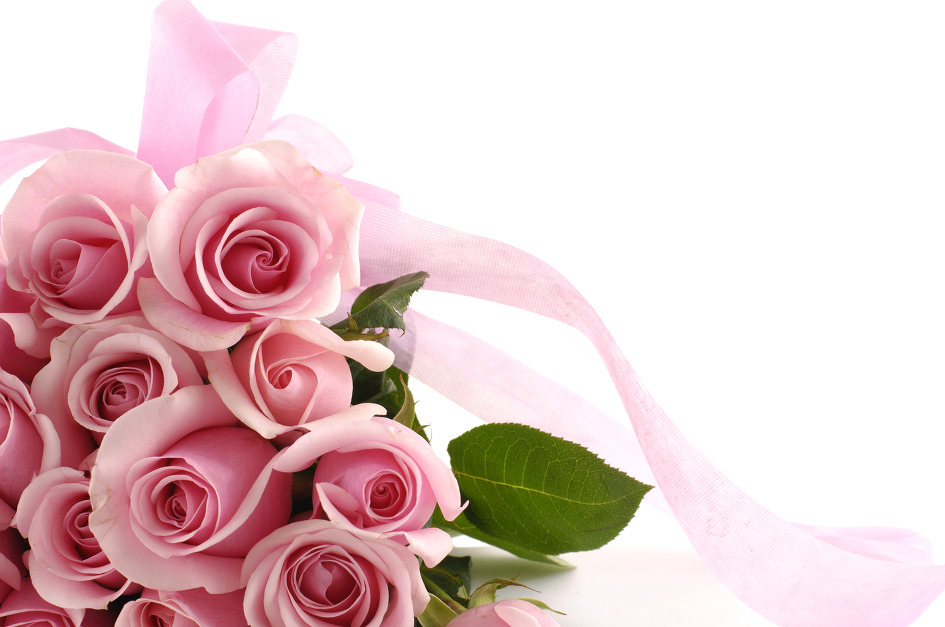Dendrobium
Hanbat Arboretum Tropical Garden
덴드로븀(Dendrobium)은 외떡잎식물 난초목 난초과 덴브로븀에 속하는 식물의 총칭이다.
전세계에 1,000여종이 자생하고 있는 착생란인데, 우리 한국에는 덴드로븀 노빌레, 덴드로븀 핀브리아톰, 덴드로븀 덴시플로롬, 덴드로븀 티르시플로룸 등이
재배되고 있다. 줄기는 일반적으로 가늘고 길며 다육질이고 속새와 같은 마디가 있다. 잎은 바소꼴이고, 밑부분은 얕은 집으로 되어 줄기에 달라붙어 있다.
꽃은 줄기 위쪽의 마디에서 나오는 총상꽃차례에 붙는다. 덴브로븀(Dendrobium)의 꽃은 흰색, 자주색, 노란색 등이 있으며 매우 아름답다.
이식시기는 3~4월이며, 번식은 양란에 가장 많이 행하는 포기나누기로 한다. 봄이 되면 1개의 헛알줄기에서 1~2개의 새눈이 생기고 다른 종류보다
큰 포기로 되므로 포기나누기 하기도 좋다. 화분은 되도록 작은 것을 쓰며 큰포기가 되지 않게 하려면 해마다 싹을 다 없애고, 작은 포기가 되도록 바꾸어 나가는 것이
좋다. 실내 공기를 정화하는 능력이 있고, 특히 자일렌 성분을 제거하는데 탁월한 효고가 있다고 알려져 있다.
물주기는 화분의 이끼가 마른 다음에 주며, 항상 습하지 않도록 주의한다.
제주도의 석곡을 비롯하여 오스트레일리아, 인도차이나, 타이, 필리핀, 미얀마 등 동남아시아 지역에 분포하고 있다.
One of the largest genera, this consists of more than 1,500 species
and far more hybrids. They are epiphytic and generally consist of a group of pseudobulbs,
or stems, of varying length, with alternate leaves; the flowers appear on either racemes or
in clusters and are often very striking in both wild and hybrid species.
They are relatively easy to grow and thus are particularly popular with collectors,
either in a controlled glasshouse environment or outside in a tropical garden.
Found growing wild are D. crumenatum, the Pigeon Orchis, which has sprays of
fragrant white flowers; D. chrysotoxum, with bright yellow, waxy flowers;
D. pulchellum, on which the flowers are cream with maroon spots,
and D. anosmim (D. superbum), with fragrant mauve flowers. Countless Dendrobium
hybrids have been produced, with long-lasting flowers in almost every colour.
At the Singapore Botanic Gardens, a number have been specifically created for
the important cut-flower industry and also in honour of such notable visitors as
Queen Elizabeth 2 and margaret Thaucher.
These orchids are generally grown in pots or baskets - sometimes tied to trees-
in a medium that allows for perfect drainage; tightly packed Osmunda fern roots
and broken bricks are often used for this purpose.
They need at least a half-day's sun, preferably morning, and, in the case of hybrids, regular
applications of liquid fertilizer. Repotting is recommended for most every two years
or so to remove dead roots. Some of the wild species need a prolonged dry spell to bloom well.
'Botanic Garden' 카테고리의 다른 글
| 꽃망울이 터질때마다 향기 내뿜는 메디닐라 (0) | 2013.01.23 |
|---|---|
| "파피 오페디움", 꽃입술이 주머니모양 특별한 서양란 (0) | 2013.01.22 |
| 에리스리나, 열정적인 붉은꽃을 의미하는 그리스어 (0) | 2013.01.21 |
| 블루 트럼펫 바인, 투명하고 사랑스러운 꽃 (0) | 2013.01.20 |
| 필로로덴드론, 문어발흡착판 모양 "눈물흔적"줄기 (0) | 2013.01.19 |







